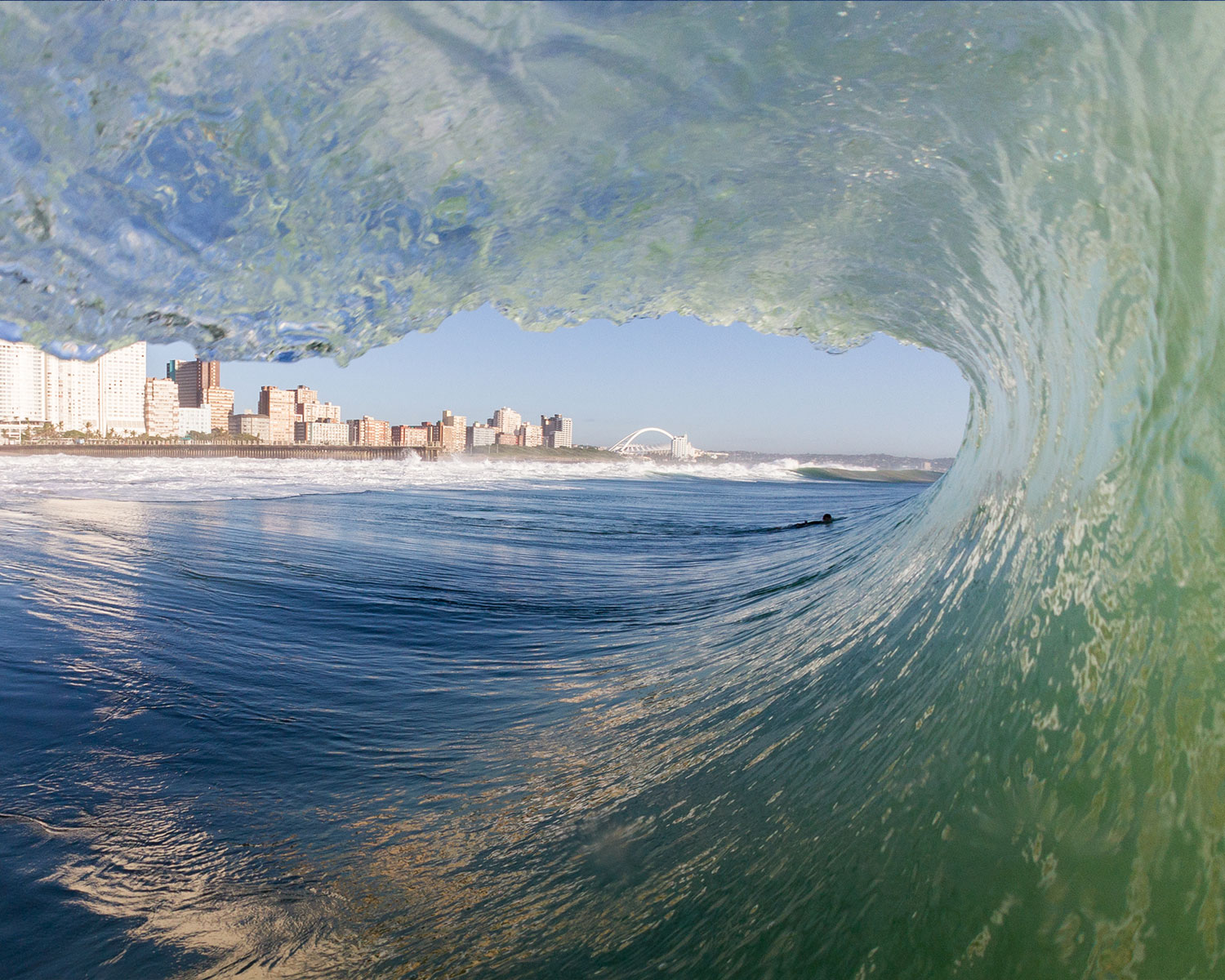
New Trends in Fire Alarm Cable
Fire alarm cables have supported detection technology since the first fire alarms went up in the mid-1800s. Even with the advent of AI and IoT devices supported by wireless systems, cables will continue to play a critical role in the future of fire safety.
In fact, high-traffic areas such as high rises, airports, shopping malls, and schools will soon rely on IoT devices connected by cables. The potential risk of fire in these facilities is too great to trust a wireless system that could easily be tampered with. Instead, shielded cable and unshielded cable that meet cable temperature standards will connect sensors in individual detectors to a centralized fire control panel.
Although new, smart technology will enhance the future of fire detection, the system of individual detectors connected to a single control center by cables hasn’t changed much since 1852. That design is likely to remain the primary fire detection construct for many years to come.
How Remee Supports the Fire Alarm & Security Industries
Remee began a specialization in fire alarm cables when it became a major supplier of these products to New York City. Remee fire alarm cables have met the New York City Local Law 5 (LL5) Fire Alarm requirements since Remee started supplying these cables in 1973. From these beginnings, Remee has since installed fire alarm cables throughout the country and become a premier supplier in the security industry with fire alarm, access control, burglar alarm, CCTV, and other cables that help provide reliable operations for security system installations.
Learn More about New York LL5 Law.
How Remee Prevents Corrosion in New York Fire Alarm Cable
It started with Hurricane Sandy. When it hit the New Jersey/New York area, the New York Port Authority noticed that the salt water was corroding the copper in their stored materials warehouse. Fortunately, the cable was not installed anywhere yet, but in an effort to eliminate corrosion in “mission-critical buildings,” the Port Authority decided to have tinned copper cables incorporated into some of their LL5 installations.
Remee quickly created versions of our LL5 cable with tinned copper conductors in order to support this cautionary measure taken by the Port Authority. The new World Trade Center is just an example of a project where this new cable is now being used going forward. Since most buildings in Lower Manhattan are near the Hudson, and since the Hudson is a tidal estuary from the Atlantic, the saltwater is a big concern.